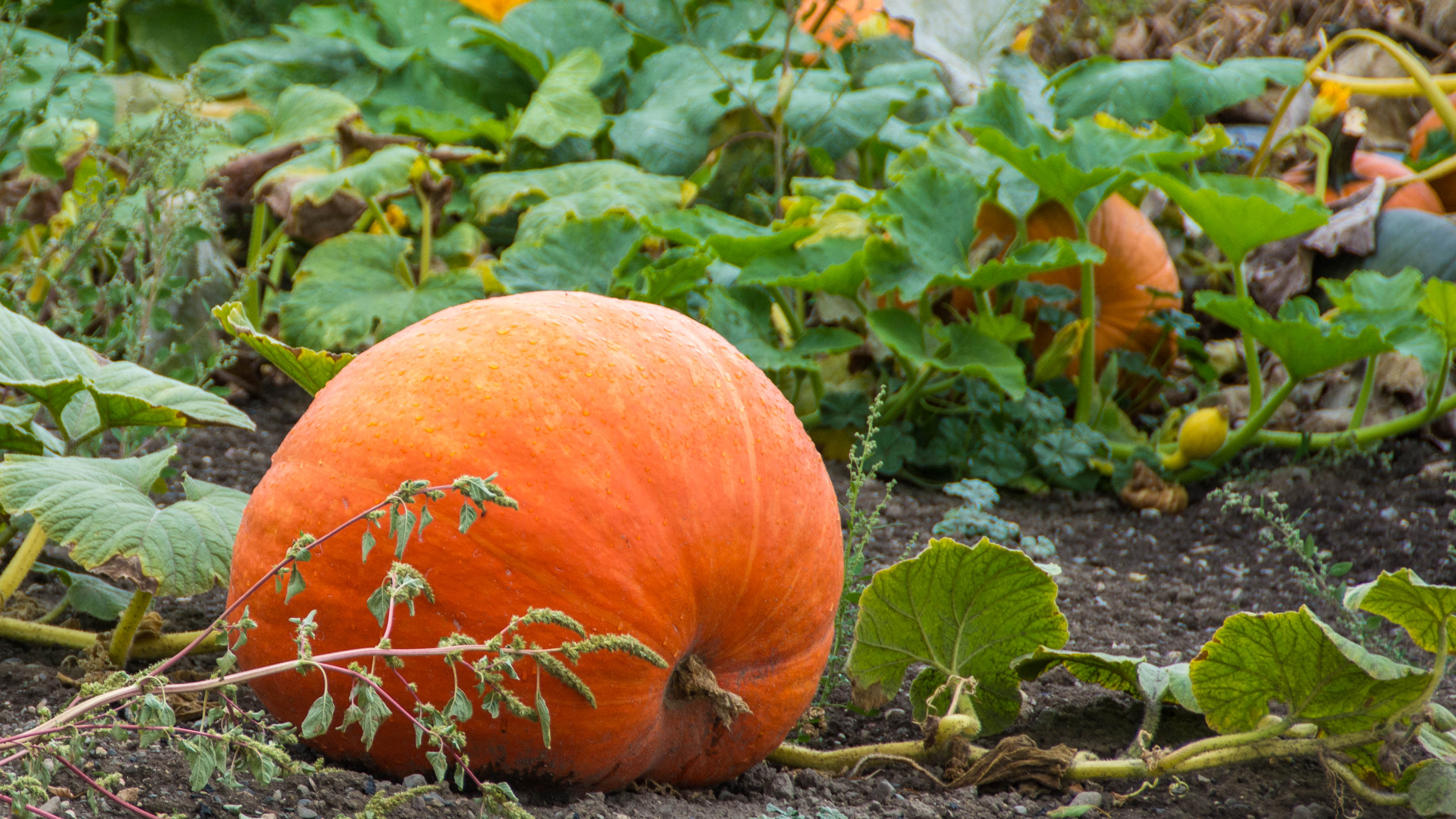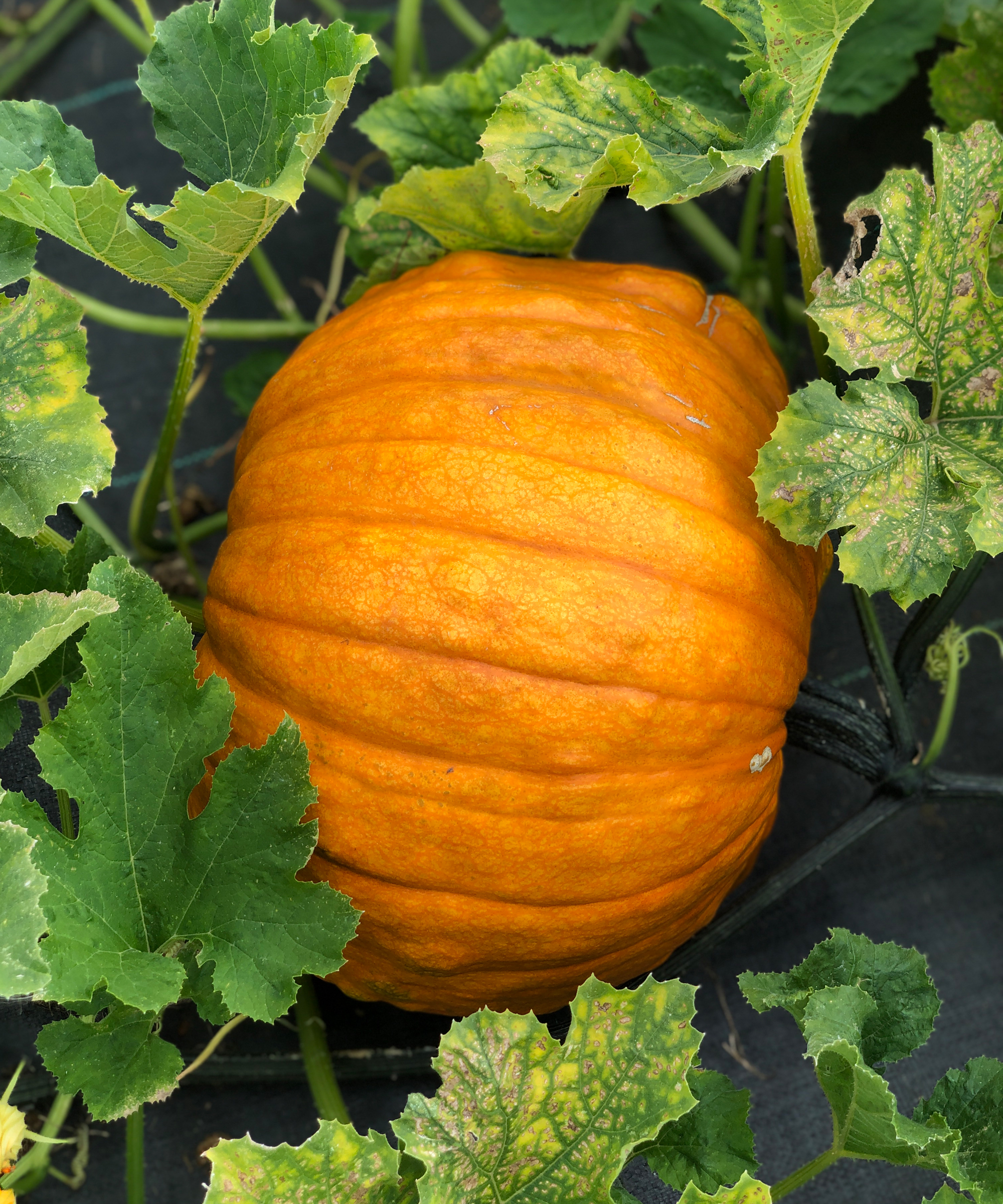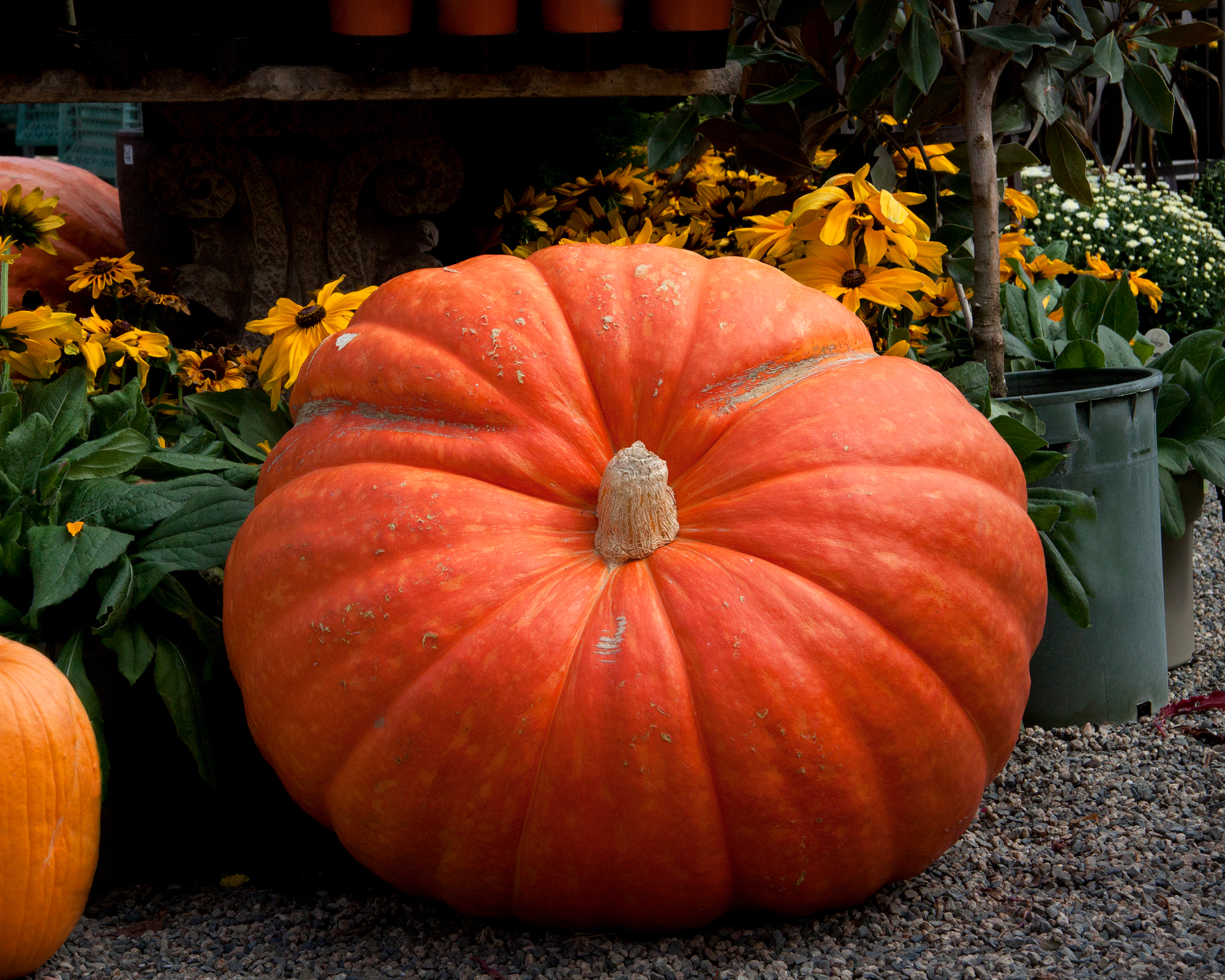Growing giant pumpkins: how to have success with the biggest varieties
Professional gardeners and growers give top tips for growing giant pumpkins in your backyard

Growing giant pumpkins is fun, especially if you really like your Halloween pumpkin carving. Large pumpkins give you more surface for carving, and for many people, their classic round shape and big size is quintessential Halloween. But what do you need to do to have success growing them?
Learning how to grow pumpkins is not all about having a large garden – although giant pumpkins do need a fair bit of land to thrive. We've asked gardening professionals to give their top tips for growing larger varieties in your backyard.
Growing giant pumpkins: top tips
Jeremy Yamaguchi, the CEO of Lawn Love, points out that 'the most important factor in growing giant pumpkins is getting the right variety of seed. Dill’s
Atlantic Giant is perhaps the most common giant variety.'
In order to help these seeds thrive, Jeremey recommends making sure 'the site
you select to plant your pumpkins gets full sun – at least eight hours a day
– and get a soil test to see if you need to add any specific nutrients.' You can find out more about soil testing in our guide to soil types.
Once the pumpkins are growing, Jeremy advises to 'continue fertilizing throughout the growing season with vegetable fertilizer according to the package instructions.'

Chris Eckert, President of Eckert’s Inc., a family farm with locations in Belleville, Millstadt and Grafton, IL as well as a location in Versailles, KY, has plenty of experience growing large pumpkins, with Eckert’s pick-your-own pumpkins one of the most popular events of the year at the farm.
Chris explains that 'to grow giant pumpkins, growers must have the trifecta combination for success. This includes the right seeds, the right growing environment, and the right upkeep beginning in the fall the year prior.'
Soil preparation is key, as Chris points out, and should begin with 'tilling well-drained soil in a location that is exposed to the sun for more than eight hours per day beginning in the fall and covering the soil for the winter.'
The seeds are then sown indoors into seedling trays. 'After the seedling has sprouted multiple leaves, move it into the soil that was prepared in the fall, and protect the seedling from frost. Be sure to monitor the area, keeping it free from weeds, pests and disease.'
According to Chris, 'Good soil drainage is the key to giant pumpkins. Growers should be sure to keep the pumpkins from sitting in wet areas as that will cause pumpkins to rot quickly before the harvest season.' Watering plants is important, but pumpkins really suffer from over-watering.

Elizabeth Preble, a home and garden blogger at LavenderHomefront.com, also stresses the importance of keeping pumpkins dry once they're growing, even though 'extra-large pumpkins also need a ton of water to grow big.' Once your pumpkins are in the growing phase, 'you can place the pumpkin on a dry surface to make sure that it will not rot on the bottom side of the soil.'
Elizabeth also urges gardeners to have patience if you do want your pumpkins really big – 'you will need ample time to allow the pumpkin to grow to size. Plant earlier in the season so that your pumpkins have enough time to get extra-large before harvest.'
Anna writes about interior design and gardening. Her work has appeared in Homes & Gardens, Livingetc, and many other publications. She is an experienced outdoor and indoor gardener and has a passion for growing roses and Japanese maples in her outside space.
